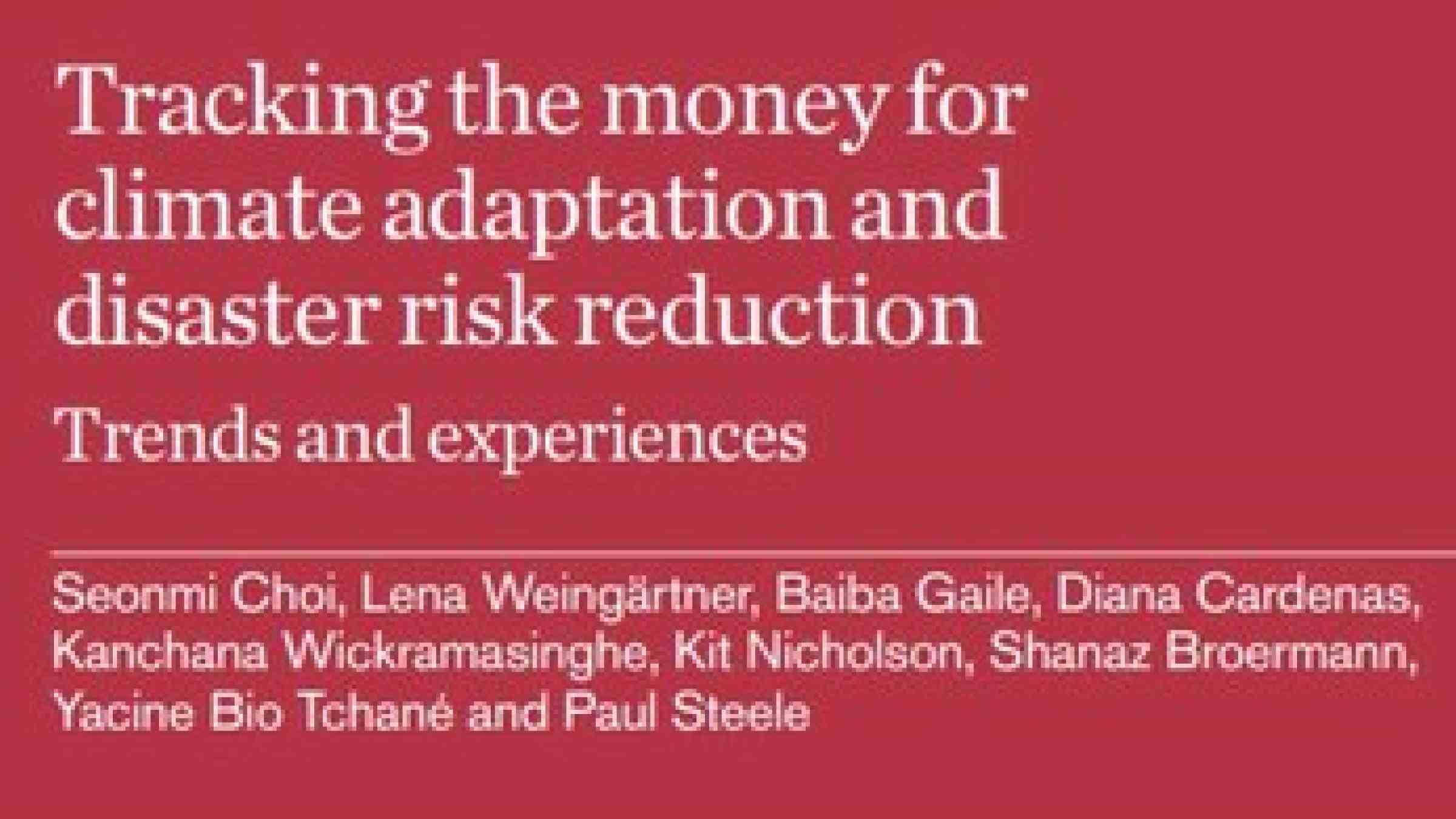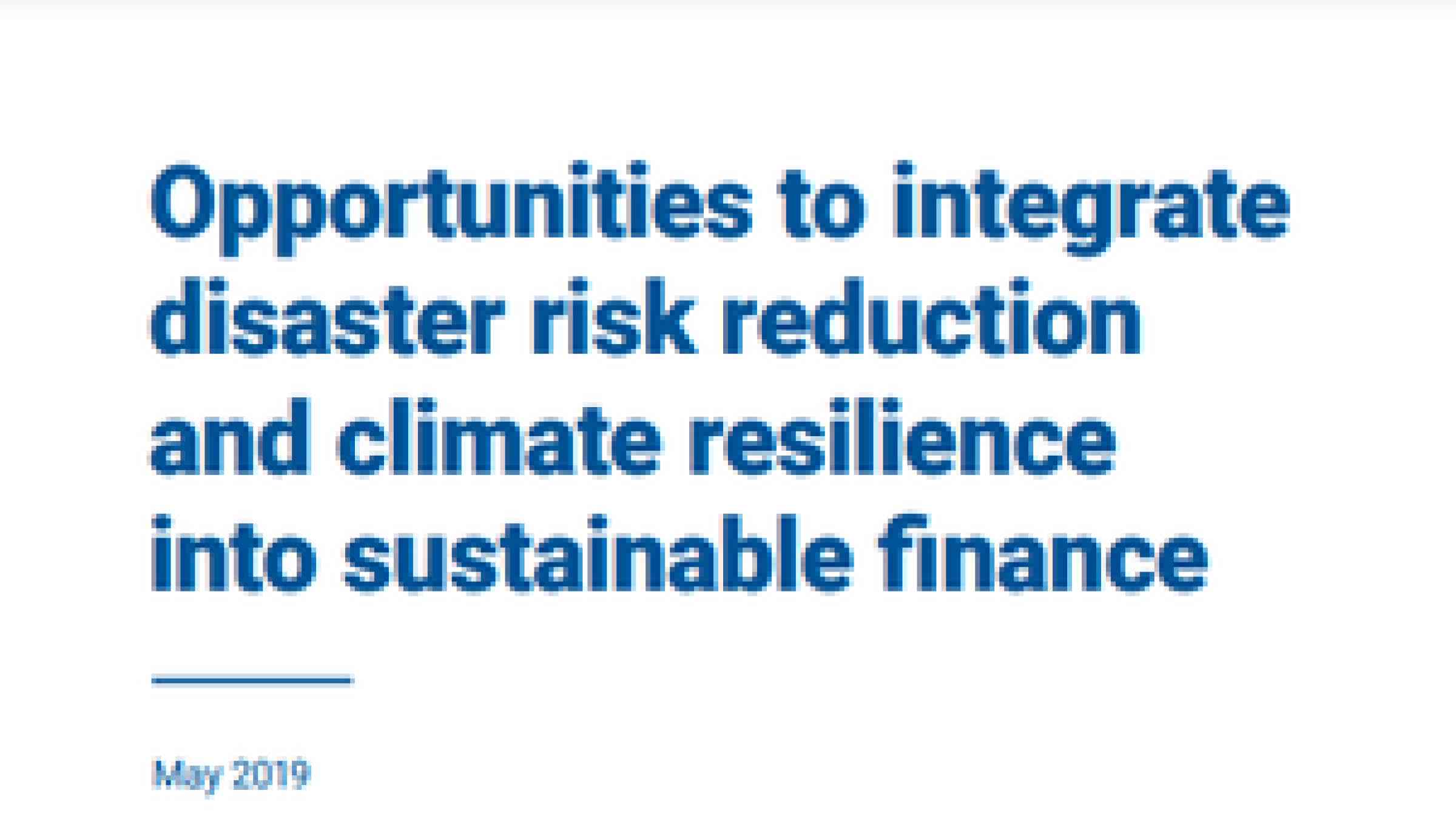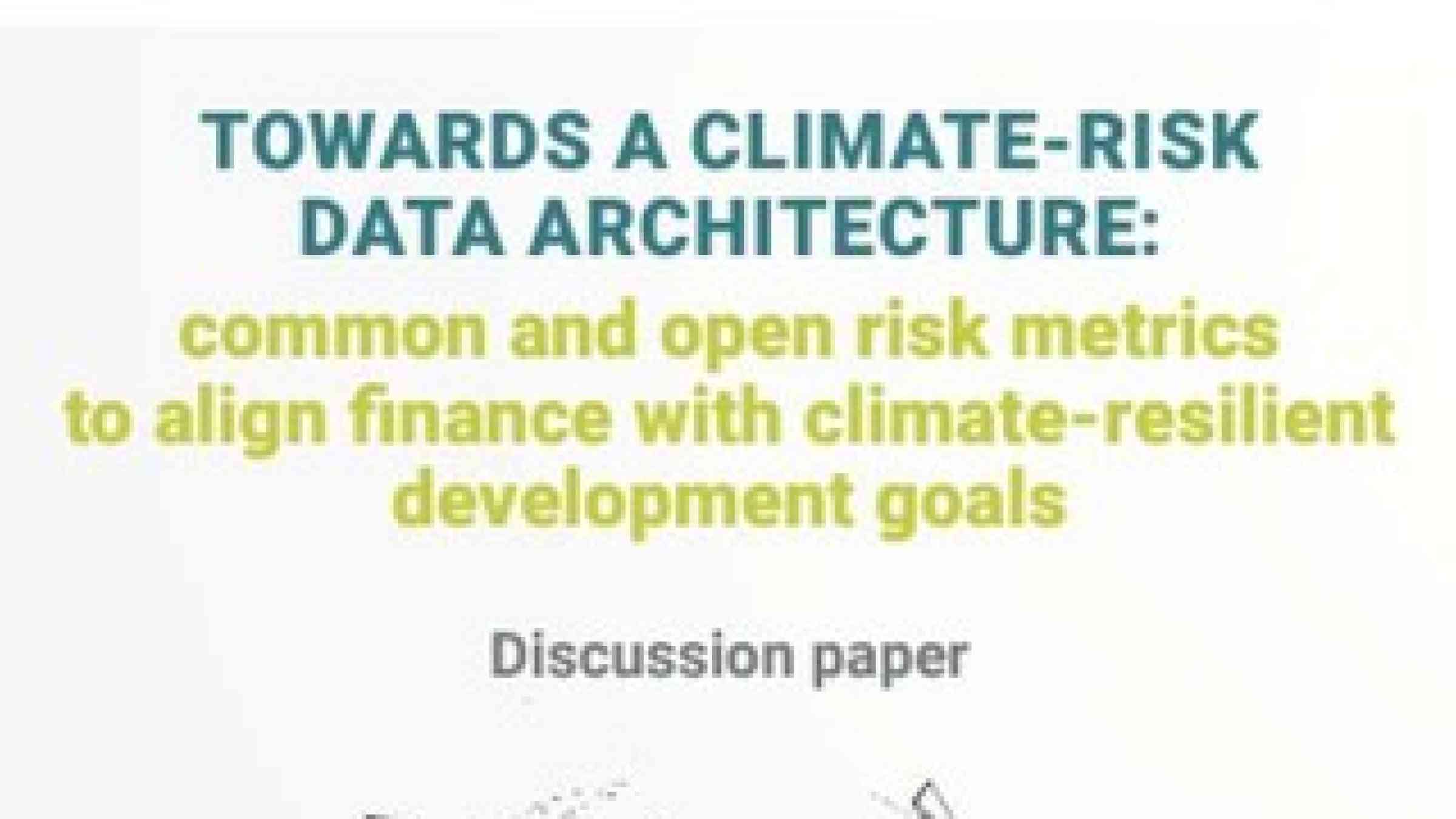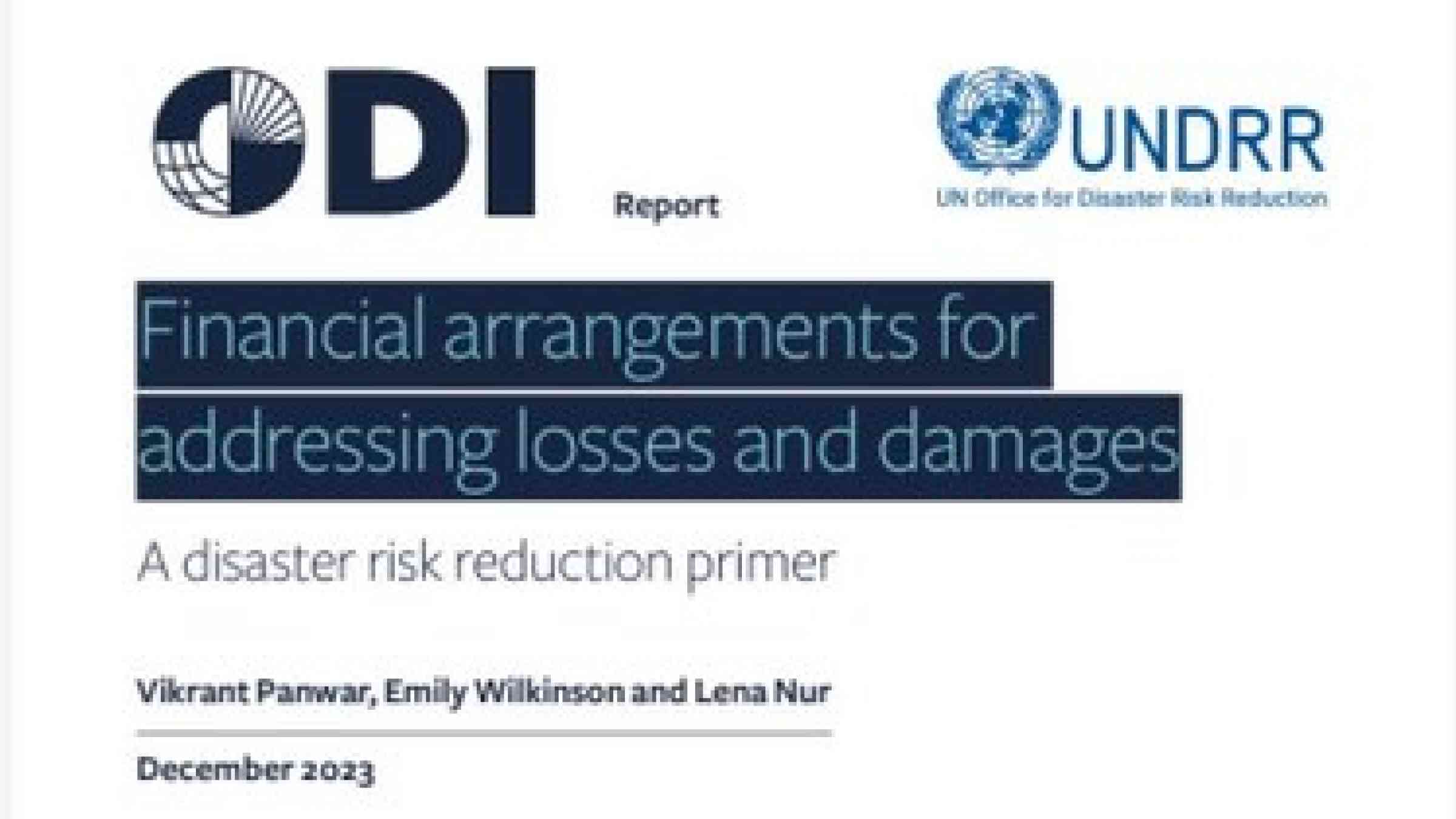Economic losses from natural hazards and climate-related disasters are estimated to cost more than USD 330 billion per year, and this figure is just the tip of the iceberg of the real uncounted costs on people’s lives. Yet, less than 10% of all climate finance is allocated to adaptation. The global adaptation financing gap is widening, and current levels of funding remain well below the estimated USD 212 billion per year needed through to 2030 in developing countries alone.
To scale up financing for prevention, UNDRR, Standard Chartered Bank and KPMG have set up a practical roadmap to unlock private sector capital flows into adaptation and resilience. The Guide for Adaptation and Resilience Finance identifies over 100 investable activities, such as vertical farming, natural flood protection, water conservation and efficiency measures, public hospital infrastructure investment, renewable energy storage solutions, and mangrove conservation and replanting.
Investable activities that build resilience
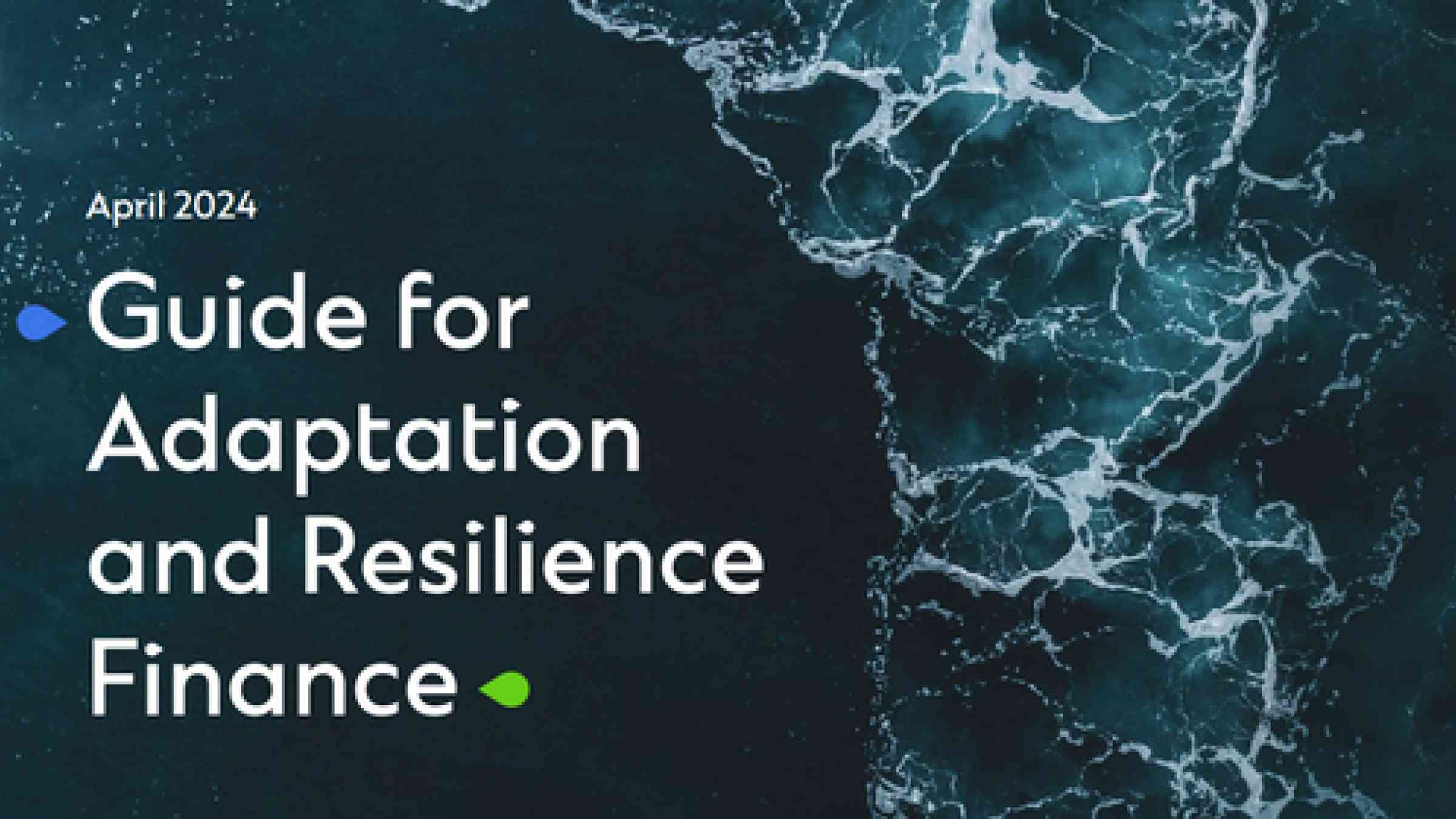
Download the guide
The Guide provides an indicative list of financeable adaptation and resilience themes and activities, forming a classification framework, and outlines a step-by-step process that provides accompanying guidance so financial institutions can:
- Identify the eligible use of proceeds for financing and investment opportunities in adaptation and resilience in emerging markets and developing economies;
- Map the co-benefits of these investments beyond climate adaptation;
- Screen investment opportunities for substantial contribution and risk of maladaptation as well as consider potential for significant harm to other sustainability objectives through reference to international standards on social and environmental safeguards;
- Consider how the impact of these investments could be measured and reported on, including providing an indicative list of impact indicators.
The case for resilience in finance
“I urge banks and other financial actors to take advantage of this guidance to develop financial products, such as adaption and resilience loans and bonds, that can mobilise private capital. I also encourage the financial community to use this opportunity to set targets for themselves in terms of investment portfolios allocated to these objectives.”
Sujit Kumar Mohanty
Chief of Branch, Intergovernmental Processes,
Interagency Cooperation and Partnerships,
United Nations Office for Disaster Risk Reduction (UNDRR)
“We need capital to move in the right direction and to mainstream natural and climate hazard resilience into financial flows. Lending and investment in adaptation should be seen as both a credit against contingent disaster
risk liability as well as being a potential new path to profit.
David Greenall
Global Managing Director – Climate Risk, Decarbonization,
Nature & Adaptation, KPMG International
“We need to embed adaptation and resilience into financial decision-making to manage risks and identify new opportunities, given that every dollar spent on adaptation could generate up to USD 12 of economic benefit this decade.
Marisa Drew
Chief Sustainability Officer,
Standard Chartered
Learn more
